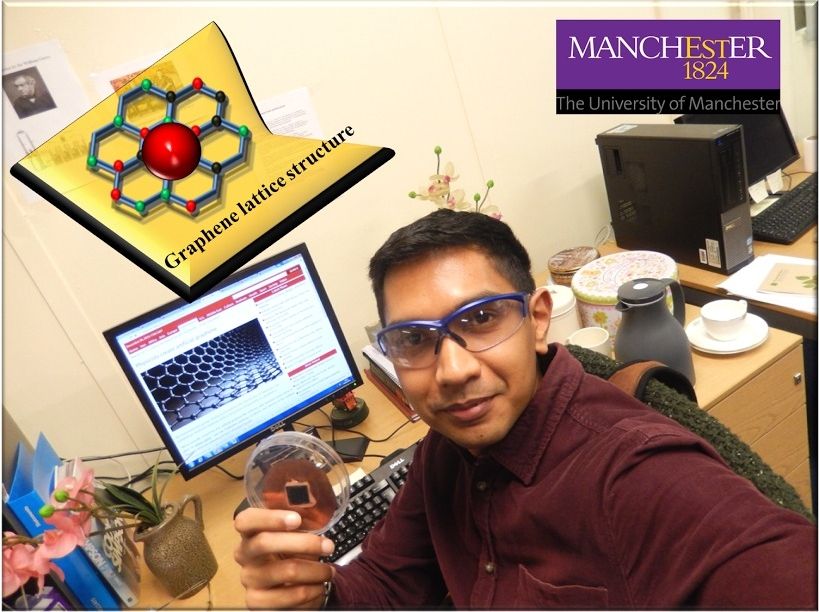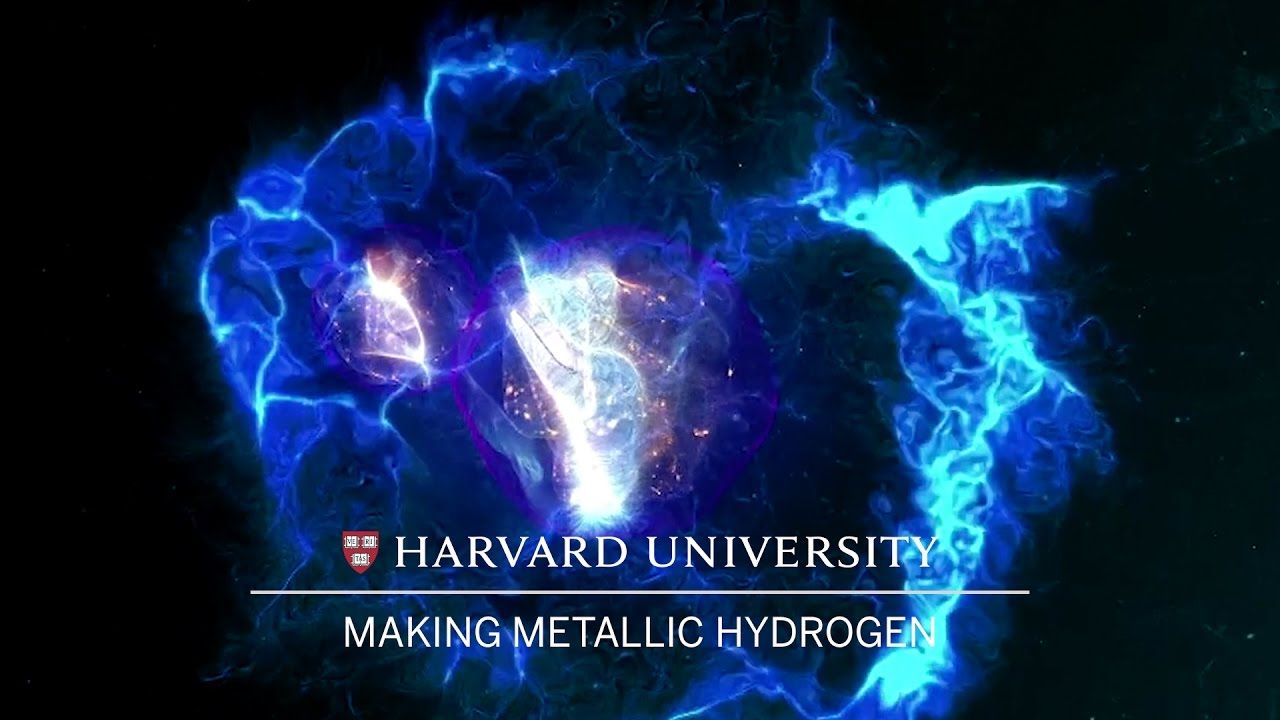
Nothing to fret about, but it is interesting that our Earth and Moon may end up colliding in the end. That’s long after our Sun has expanded as a Red Giant, but the implications for other earth-moon type systems are interesting.
For now, our anomalously large Moon is spinning away from us at a variable rate of 3.8 centimeters per year. But, in fact, the Earth and Moon may be on a very long-term collision course — one that incredibly some 65 billion years from now, could result in a catastrophic lunar inspiral.
“The final end-state of tidal evolution in the Earth-Moon system will indeed be the inspiral of the Moon and its subsequent collision and accretion onto Earth,” Jason Barnes, a planetary scientist at the University of Idaho, told me.
Continue reading “Earth And Moon May Be On Long-Term Collision Course” »


















